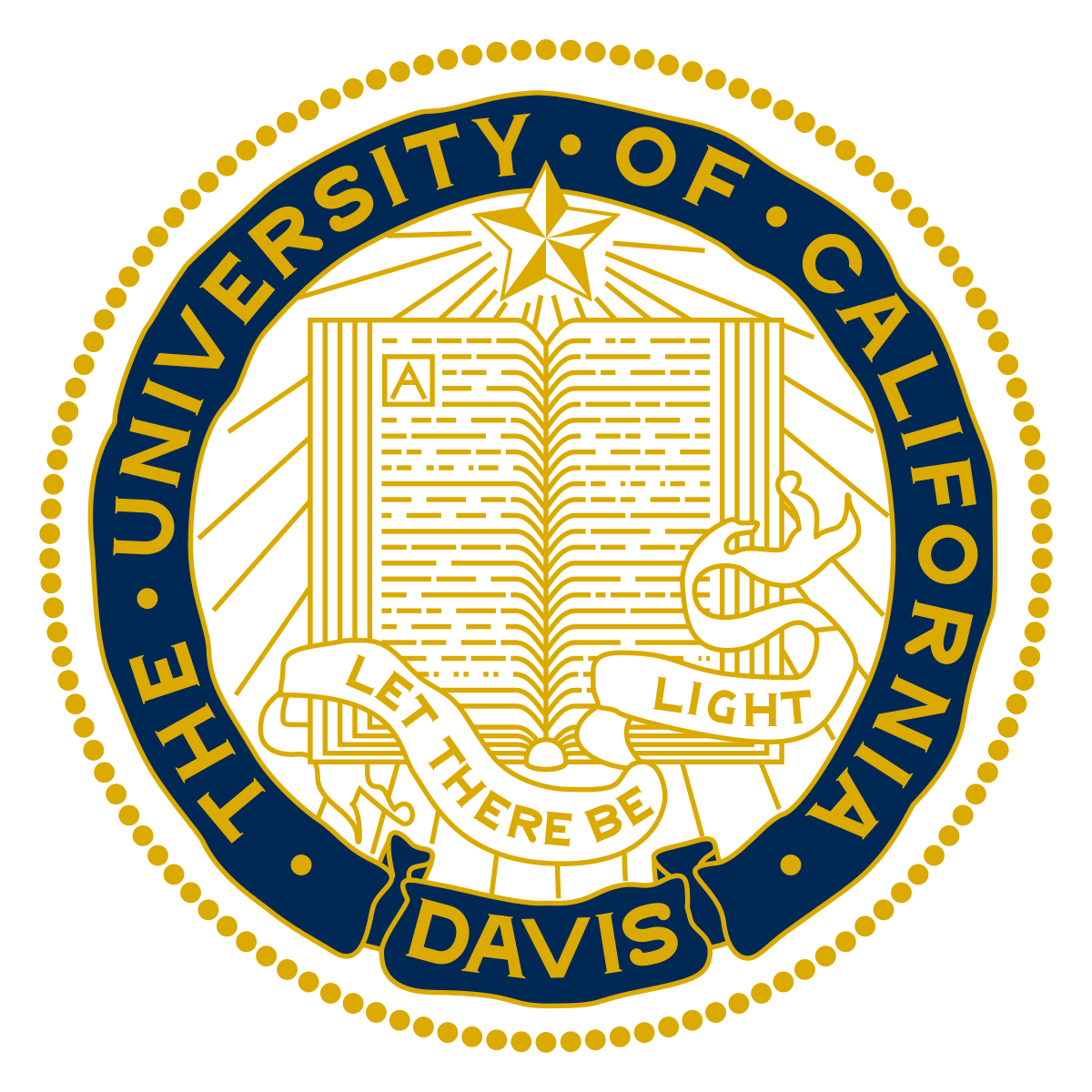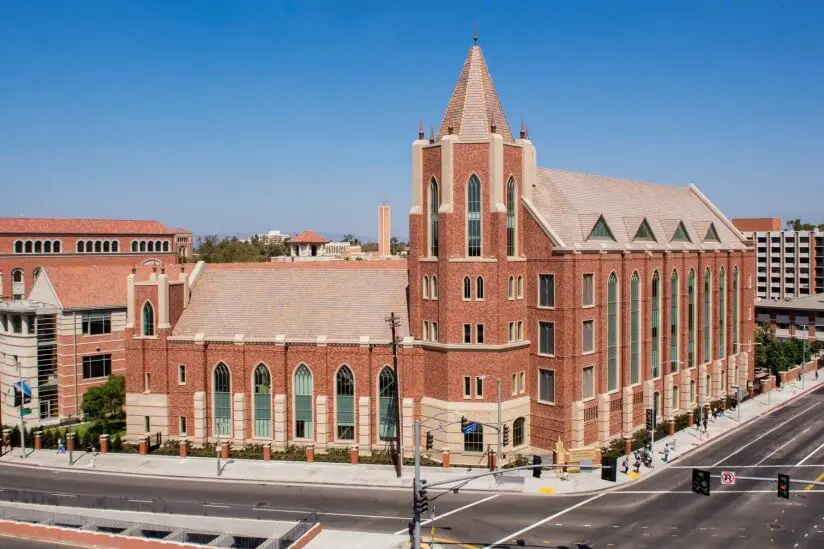NEA (National Education Association) Mission Statement & Vision Statement (An Analysis)

NEA’s mission statement is “Our mission is to advocate for education professionals and to unite our members and the nation to fulfill the promise of public education to prepare every student to succeed in diverse and interdependent world.” The association mission shows that its main thrust is to give quality education by the public schools by uniting themselves with the education professionals and the nation as a whole. The following are the major components of the mission statement:
- Education support
- Member unity
- Universal education
The first component of NEA’s mission statement gives a straightforward strategic guide for education professionals on education development. This can be done through the collective action of the education professionals and the nation.
The second component of the NEA (National Education Association) mission statement echoes the vision statement in determining organizational output which quality public education for all.
The third component of the mission statement is more specific in including the target clientele benefits. For example, “ to prepare every student to succeed in a diverse and interdependent world,” the association targets the education world and other related fields.
Introduction
NEA’s mission, vision statement, and values articulate why the association exists, what it wants to create, and what it considers to be the fundamental purpose of education. Its mission and vision statements pursue the general goal of having a quality education as one of the most important thrusts in the education world.
In theory, the association vision statement provides organizational direction towards a desired future condition of the public school system. The fulfillment of these official statements facilitates the further enhancement of the public school education system for the long term success of preparing every student to succeed in diverse and in an interdependent world.
Vision Statement
National Education Association’s vision statement is “Our vision is a great public school for every student.” The association follows this vision statement to maintain quality public school operation that contributes to improving the education processes that students get. The following components are contained in the National Education Association vision statement:
- Quality public school education
Based on the vision statement NEA strategic objectives includes the development of education policies and programs that will ultimately be useful for the students’ education to be globally competitive. This inspirational aspect requires the association to formulate policies that will involve all stakeholders such as the education professionals and the national policymakers.
NEA (National Education Association) vision also pushes for higher degrees of innovation and motivation which is especially notable in the association activities. Moreover, the vision statement indicates strategic efforts that include education strategies for improving the desired learning outcomes and for the students to face the challenges of the world and be well equipped with the knowledge and skills that will prepare them for their lives when they go out into the real world.
The vision is related to the mission statement which includes a global scope of application and the aim of contributing to societal improvement. In addition, there will be fair treatment for all persons without discriminating against color, race, gender or religious beliefs.
Core Values
NEA’s values comprise “These principles guide our work and define our mission:
- Equal Opportunity. We believe public education is the gateway to opportunity equal opportunity. All students have the human and civil right to a quality public education that develops their potential, independence, and character.
- Just Society. We believe public education is vital to building respect for the worth, dignity, and equality of every individual in our diverse society.
- Democracy. We believe public education is the cornerstone of our republic. Public education provides individuals with the skills to be involved, informed, and engaged in our representative democracy.
- Professionalism. We believe that the expertise and judgment of education professionals are critical to student success. We maintain the highest professional standards, and we expect the status, compensation, and respect of all professionals.
- Partnership. We believe partnerships with parents, families, communities, and other stakeholders are essential to quality public education and student success.
- Collective Action. We believe individuals are strengthened when they work together for the common good. As education professionals, we improve both our professional status and the quality of public education when we unite and advocate collectively.”
This is the manifestation of the work and principles of the association to show its commitment to fulfilling the success of its mission and vision. It has the following main components:
- Equal opportunity
- A just society
- Democracy
- Professionalism
- Partnership
- Collective Action
The first component signifies the position that the NEA surmises that every student has a right to receive the education that will mold them to be globally competitive when they enter the world of business or employment after they graduate from the public school.
The second component states the target clientele specifically the students who will be given the same education whether they are of different races, color, gender or religious beliefs.
The third component assures the students that they will be given the right skills and be informed of the rights and duties of a democratic society.
The fourth component is its awareness of the need to upgrade the knowledge and skills of the education professionals to keep abreast of the new trends in education and technological approaches in teaching. Further reinforcement shall be taught the modern teaching styles in consonance to the new learning styles of the students.
The fifth component enhances its communication with the stakeholders which in effect will form a partnership for better services in the public schools through their feedback whether positive or negative.
The sixth component emphasizes the importance of group action and unity with a common mission and vision which is to improve the quality of education and their recommendations will be implemented in the public school for the benefit of all students.
References
David, M.E., David, F.R.(2014). Mission Statement Theory and Practice: A Content Analysis
and New Direction. International Journal of Business, Marketing, & Decision Science,
7(1), pp. 95-110.
Ekpe, E.O, Eneh., S.I., & Inyang, B.J. (2015). Leveraging Organizational Performance Through
Effective Mission Statement. International Business Research, 8(9), p. 135.
King, D.L., & Case, C.J. (2013). 2012 Mission Statements: A Ten Country Global Analysis.
Academy of Strategic Managemet Journal, 12(1).
Kirkpatrick, S.A. (2016). Build a Better Vision Statement: Extending Research With Practical
Advice. Rowman & Littlefield.
Long, C., & Vickers-Koch, M. (1994). Creating a Vision Statement That is Shared and Works.
The Journal for Quality and Participation, 17(3), p. 74.
Manohar, S.S., & Pandit, S. R. (2014). Core Values and Beliefs: A Study of Leading Innovative
Organizations. Journal of Management Policy and Practice, 14(6), pp. 667-680.
NEA Handbook
Pace, S. (2017). Shaping Corporate Brands: From Product Features to Corporate Mission.
International Studies of Management & Organization, 47(2), 197-2015.
Rajasekar, J. (2013). A Comparative Analysis of Mission Statement Content and Readability.
Journal of Management Policy and Practice, 14(6), 131-147.
International Studies of Management & Organization, 47(2), 197-2015.
Singal, A.K., & Jain, A.K. (2013). An Empirical Examination of the Influence of Corporate
Vision on Internationalization. Strategic Change, 22(5-6), pp. 243-257.












